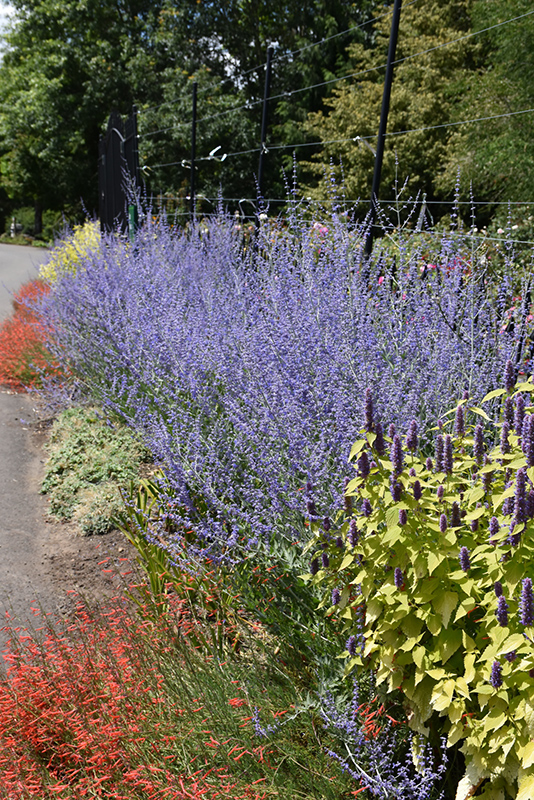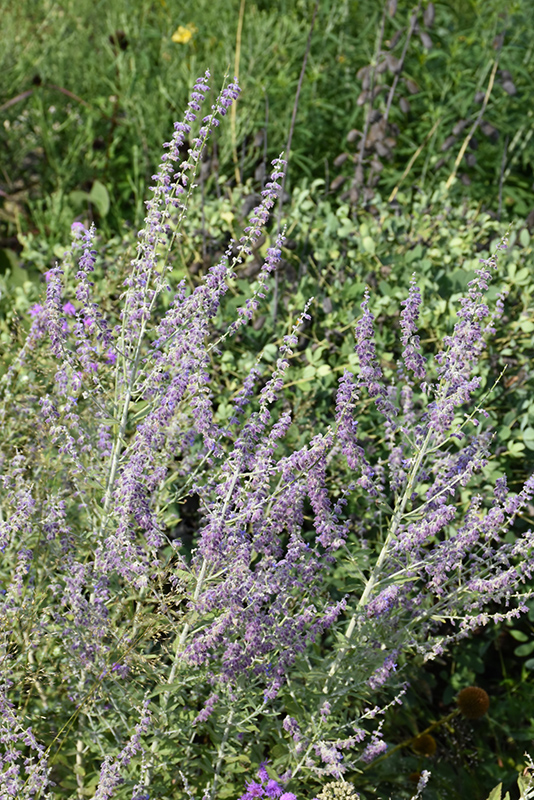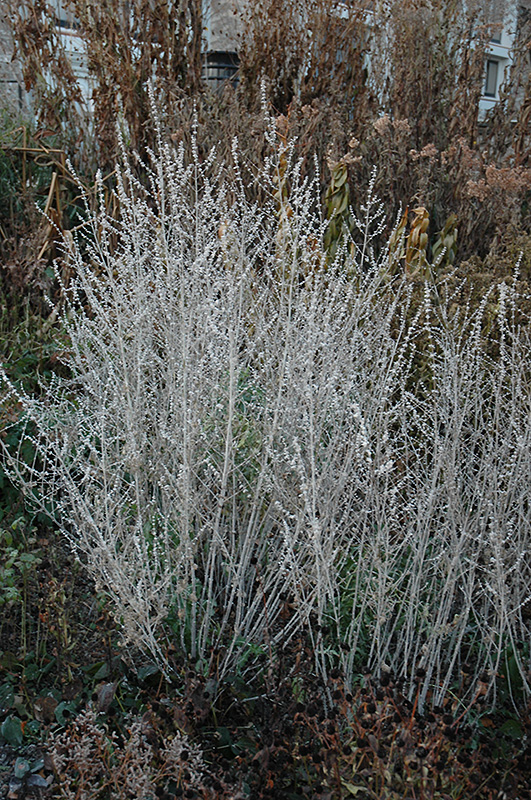Digging deeperPlant Library
Plant Height: 3 feet
Flower Height: 4 feet
Spacing: 30 inches
Sunlight:
![]()
Hardiness Zone: 4
Ornamental Features
Russian Sage features delicate spikes of lavender flowers rising above the foliage from mid summer to early fall. The flowers are excellent for cutting. Its attractive fragrant narrow leaves emerge silver in spring, turning grayish green in color throughout the season.
Landscape Attributes
Russian Sage is an herbaceous perennial with an upright spreading habit of growth. It brings an extremely fine and delicate texture to the garden composition and should be used to full effect.
This is a relatively low maintenance plant, and is best cut back to the ground in late winter before active growth resumes. It is a good choice for attracting bees and butterflies to your yard, but is not particularly attractive to deer who tend to leave it alone in favor of tastier treats. It has no significant negative characteristics.
Russian Sage is recommended for the following landscape applications;
- Accent
- Mass Planting
- General Garden Use
- Naturalizing And Woodland Gardens
Planting & Growing
Russian Sage will grow to be about 3 feet tall at maturity extending to 4 feet tall with the flowers, with a spread of 3 feet. When grown in masses or used as a bedding plant, individual plants should be spaced approximately 30 inches apart. It grows at a fast rate, and under ideal conditions can be expected to live for approximately 10 years. As an herbaceous perennial, this plant will usually die back to the crown each winter, and will regrow from the base each spring. Be careful not to disturb the crown in late winter when it may not be readily seen!
This plant should only be grown in full sunlight. It requires an extremely dry, well-drained growing location, and will usually die in standing water. It is not particular as to soil type, but has a definite preference for alkaline soils. It is highly tolerant of urban pollution and will even thrive in inner city environments. This species is not originally from North America.
A NetPS Plant Finder tool
This Plant Library is for informational purposes only. We may or may not carry the items listed. During many times of the year, we may carry many more plants in our store than are listed in the Plant Library. Please contact us directly at 303-690-4722 or visit our store for current availability and for assistance.


